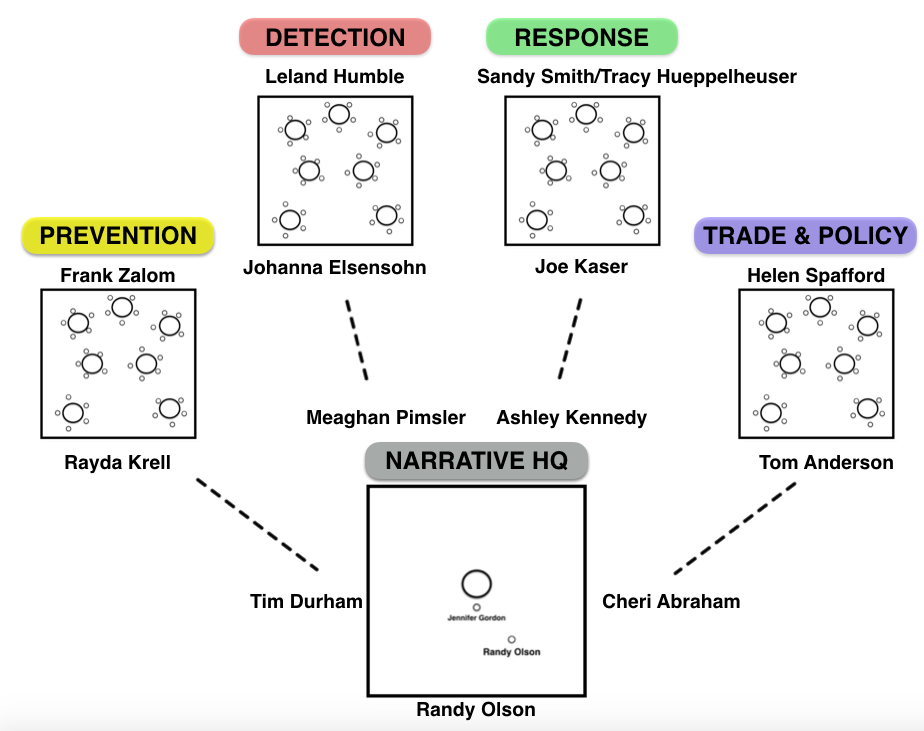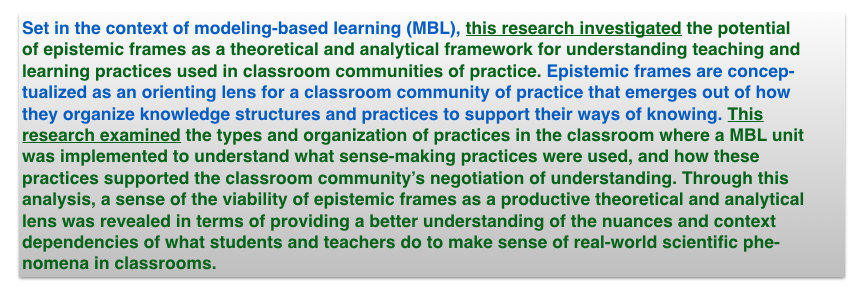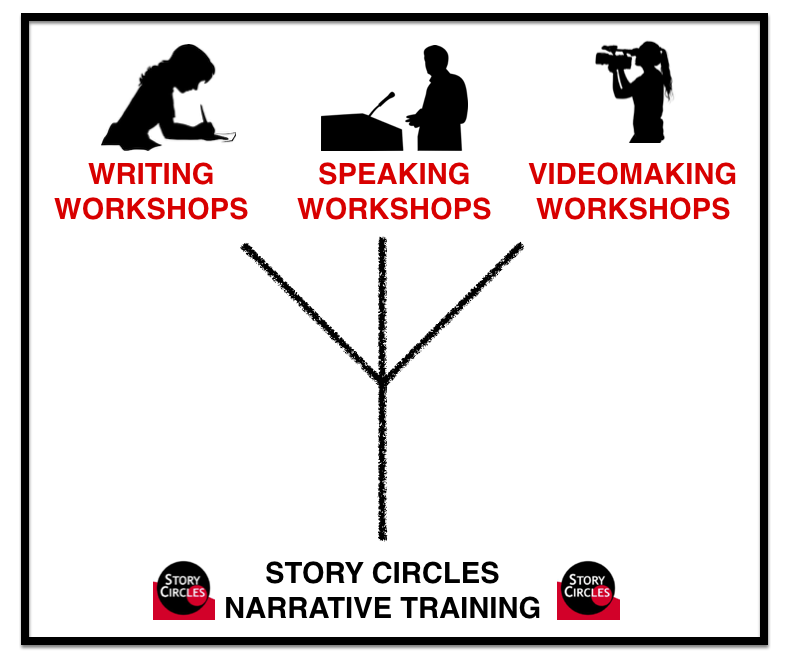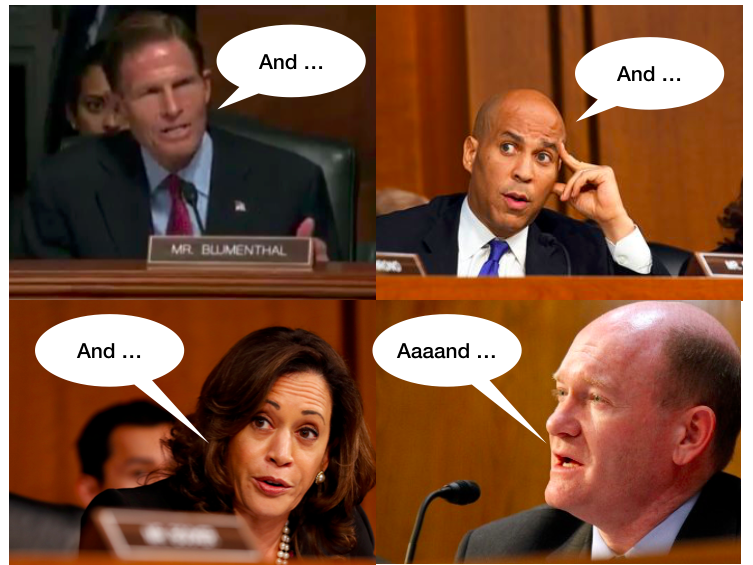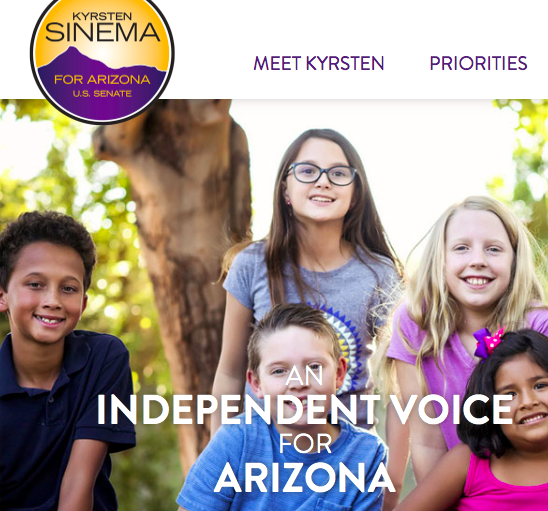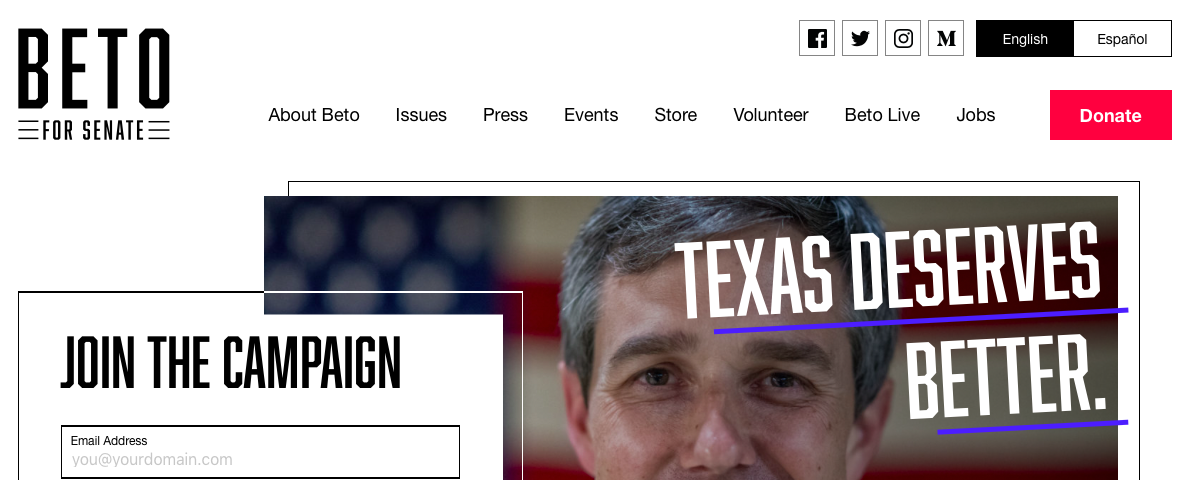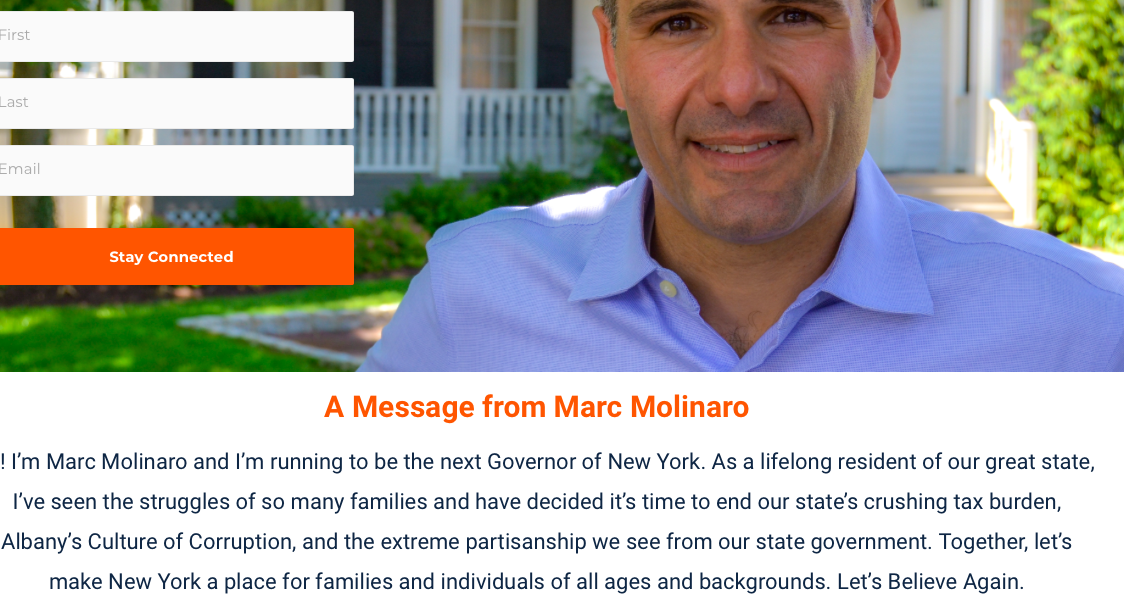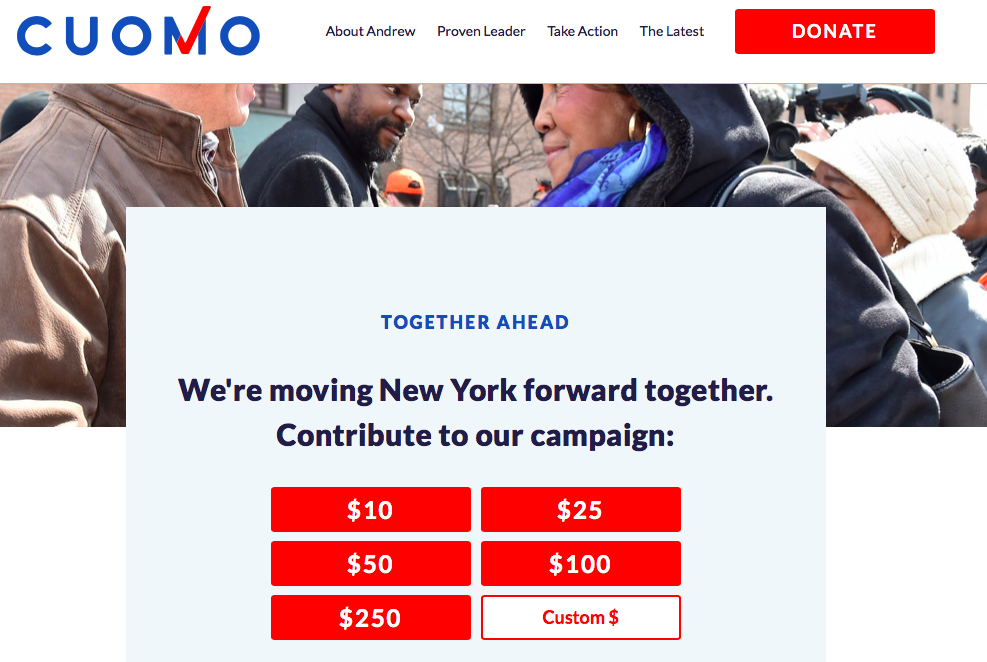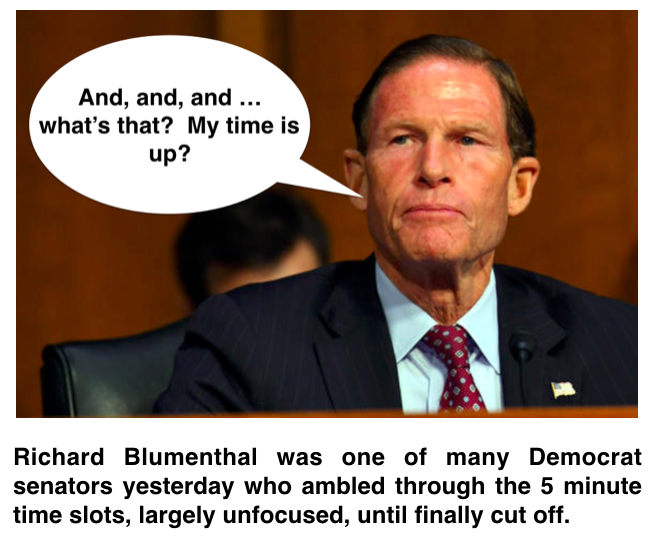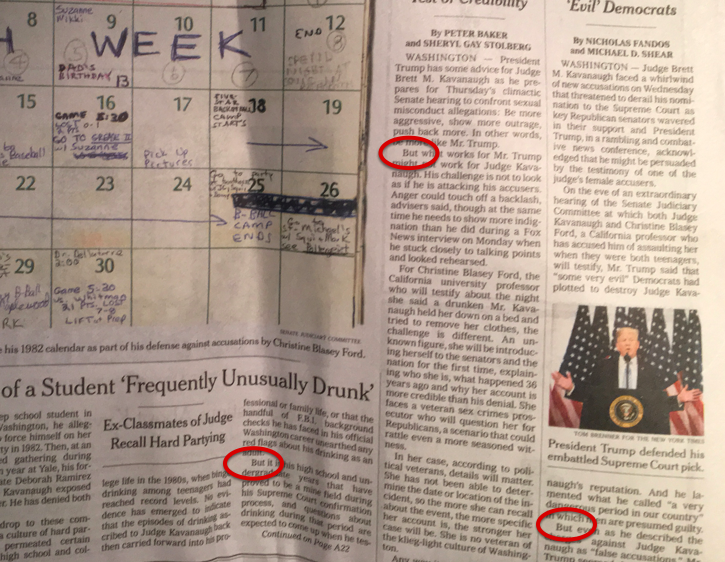This is the best testimonial from a Story Circles participant yet. It’s great how many people tell me these days about discovering the power of the ABT Narrative Template, BUT … I’m forever thinking in response, “You really should do the full 10 one hour sessions.” And now, as we’ve just passed 50 circles, here is an excellent testimonial from Jeff Davis, President of the Western Section of the Wildlife Society. He uses no hype (something that can’t be said of me). There’s no words like awesome, A-mazing, or incredible (to name a few of my favorites). It’s just a very clinical, dispassionate analysis of what he got out of the training. And it’s a lot. Enough to make me say you’re not going to get this sort of in-depth improvement of your feel for narrative by just practicing with the ABT on your own. You need this training over the long term in a group. Actually, everyone needs this training. Ask yourself — are you serious about this communication stuff or not?
Effective science communication is fundamental to what we do as wildlifers. We need it to
-
convince advisors to take us on as grad students;
-
get prospective employers to hire us;
-
gain promotions;
-
establish our credibility as scientists;
-
persuade colleagues, supervisors, clients, or foundations to fund our projects or initiatives;
-
prepare compelling proposals and reports;
-
publish impactful papers;
-
give engaging presentations;
-
influence stakeholders during meetings;
-
inspire policy makers to respond to environmental crises; and
-
change public opinion.
The problem is that few of us have ever been trained in how to effectively communicate science. That’s why I chose science communication as the theme for our 2018 annual meeting in Santa Rosa. You may recall that our plenary speakers provided tips on improving our science communications and agreed that communicating science by telling stories is more effective than reciting facts. California State University Chico professor emeritus Jon Hooper reminded us that knowing our audience is key. National Science Foundation Fellow, TED fellow, and National Geographic Explorer Mike Gil underscored how making it personal is what brings a story to life. UC Berkeley Doctoral Candidate Sara ElShafie urged us to have a clear theme to the story we’re presenting. And scientist-turned filmmaker turned science communicator Randy Olson recommended we tap into the power of narrative using the right structure.
Hoping to improve my own communications, I participated in Randy Olson’s Demo Day at the meeting and then in one of two Story Circles that formed after the meeting. Because one annual meeting reviewer wondered whether any Story Circles would form and what would be the outcome, I wanted to share what I learned.
Story Circles teaches participants to recognize and use narrative structure to communicate science. The simplest form of optimal narrative structure is ABT, which stands for And, But, Therefore. These are the basic building blocks of narrative. “And” represents a statement of fact or agreement. For example: Devil’s Slide Rock is a small seastack along the San Mateo County coast. “And” is used to represent the statement of fact because narrative often includes the statement of more than one fact. For example: Devil’s Slide Rock is a small seastack along the San Mateo County coast, and it supported a breeding colony of about 3,000 common murres until the early 1980s. “But” represents conflict or contradiction. For example: But the colony was wiped out due to human-caused mortality. “Therefore” represents resolution or consequence. For example: Therefore, beginning in 1996, biologists used a technique called social attraction to restore the breeding colony, which has grown every year since.
This format is about presenting foundational information, posing a problem, and finding a solution to the problem. This structure is what stories are built around. It’s more interesting than non-narrative structure (e.g., and, and, and; “just the facts, ma’am”) and less confusing than overly narrative structure that has too many contradictory words (e.g., despite, however, yet) and directions.
The ABT format is effective because we are hardwired to solve problems. President Trump’s decision to not focus on the great economy during the 2018 midterm elections was a case in point. There was no problem to solve, so focusing on the economy would not excite his base. Instead he focused on a problem and used narrative structure that follows ABT format to generate enthusiasm for the election. The economy is great, and we’re creating lots of new jobs. But a caravan of migrants is going to storm the border. Therefore, you better get out and vote for candidates who will be strong on immigration because the migrants will steal your jobs.
Much of Story Circles involved examining scientific abstracts and movie synopses to identify narrative structure. By repeatedly examining the abstracts and synopses, I began to see narrative structure everywhere. Home renovation TV shows, for example, use this structure to full advantage: We bought the house below market value, and the renovation was going well. But then we discovered the subfloor was totally rotted, which set us back 20 grand. Therefore, we spent less money on the furnishings and in the end came out under budget.
You don’t need to use the words “and”, “but”, and “therefore” to create narrative structure. Synonyms such as also, however, and consequently work too. But I also found that you can set up this problem-solution structure without using any of these words. Ultimately, though, the simple ABT template provides a framework for organizing what you wish to say in a compelling way.
It’s not enough to just read about effective communication techniques or listen to good communicators. Developing what Randy calls narrative intuition requires practice. So, to communicate more effectively, I encourage you to practice telling your science stories using the ABT narrative structure. As actor and science communicator Alan Alda observed, “I’ve been listening to good pianists all my life, and I still can’t play the piano.”

